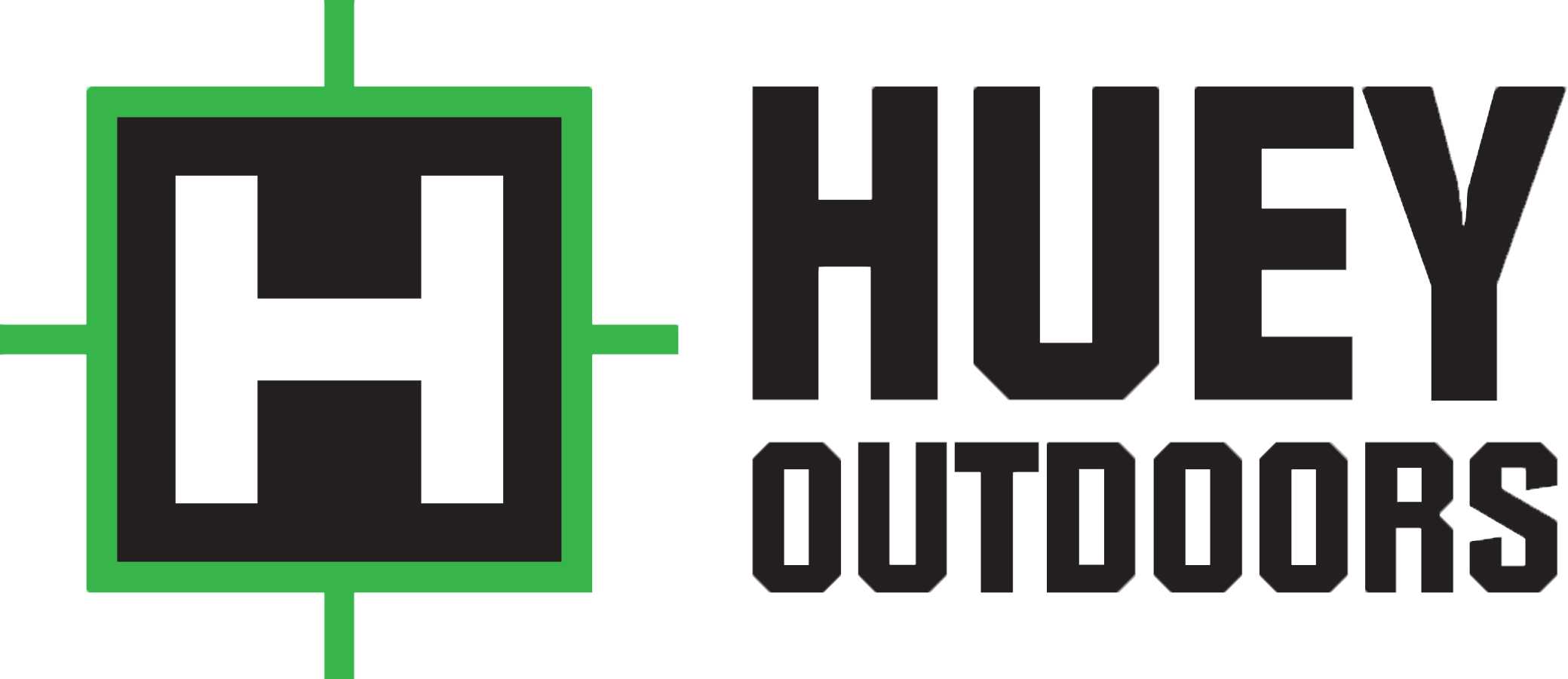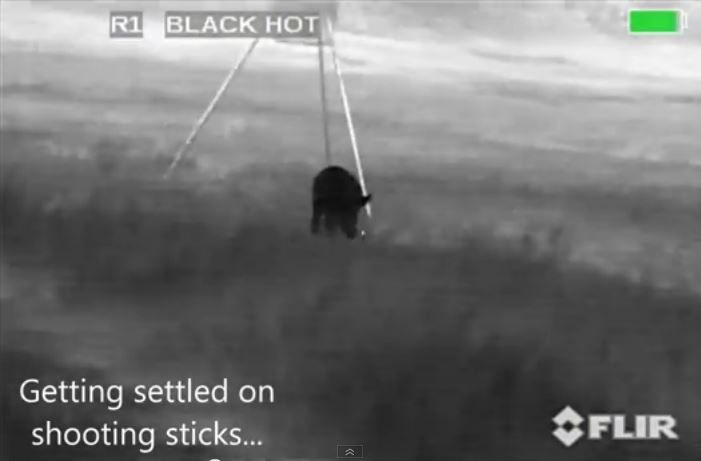Good evening,
I bought an atn 336 3x recently and have taken it to sight it in at the range and out to the hunting lease a few times for some night time fun. Saw two does and a buck the first night out, unfortunately no hogs. I have a few questions for those in the know.
I bought an atn 336 3x recently and have taken it to sight it in at the range and out to the hunting lease a few times for some night time fun. Saw two does and a buck the first night out, unfortunately no hogs. I have a few questions for those in the know.
- When sighting it in, cannot get it to save reticle adjustment to a profile spot. I followed directions in manual and sent/received email from ATN and still cannot get it to work. Get all the way to the part when I click the arrow to save the setting to a profile icon, press "enter" and it still won't save. Can someone post the button sequence they use??
- In regards to using different color patterns, I generally scan in black hot until I see movement and follow the game with white hot. Is anyone getting any use out of any of the other color palettes?
- how do you deal with ranging to target in the field or woods
- Any other suggestions for a new thermal user?


